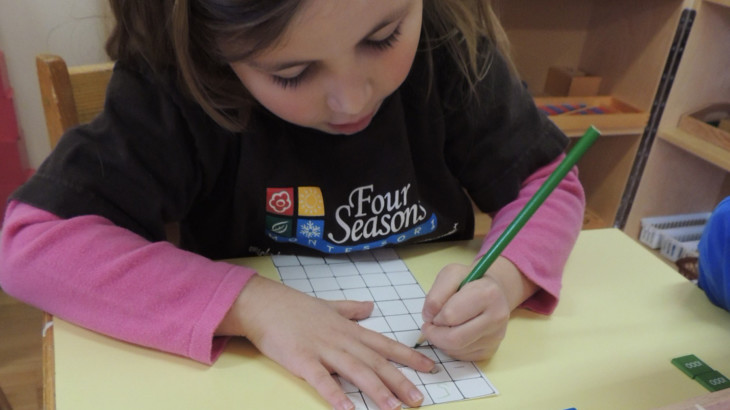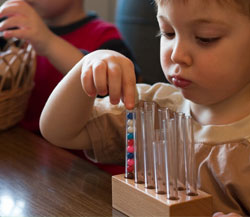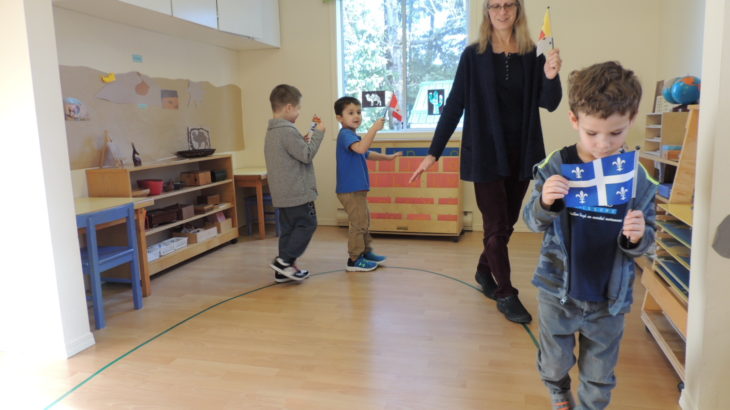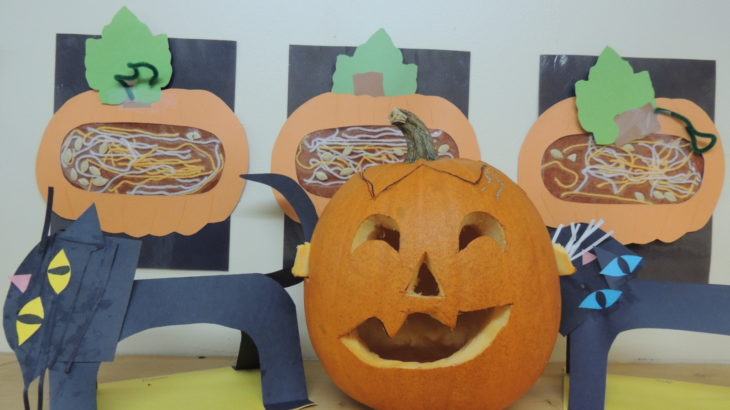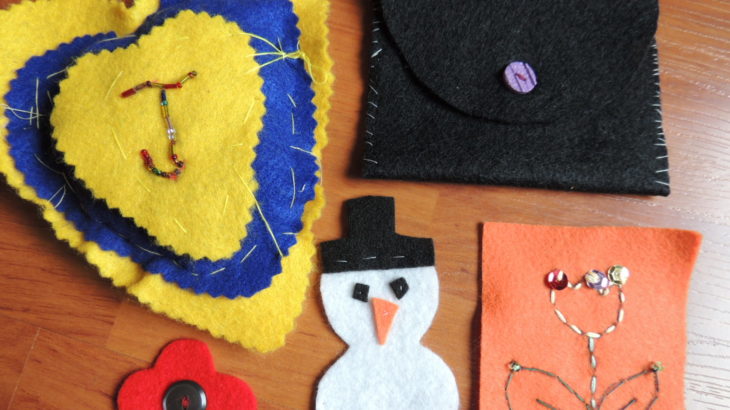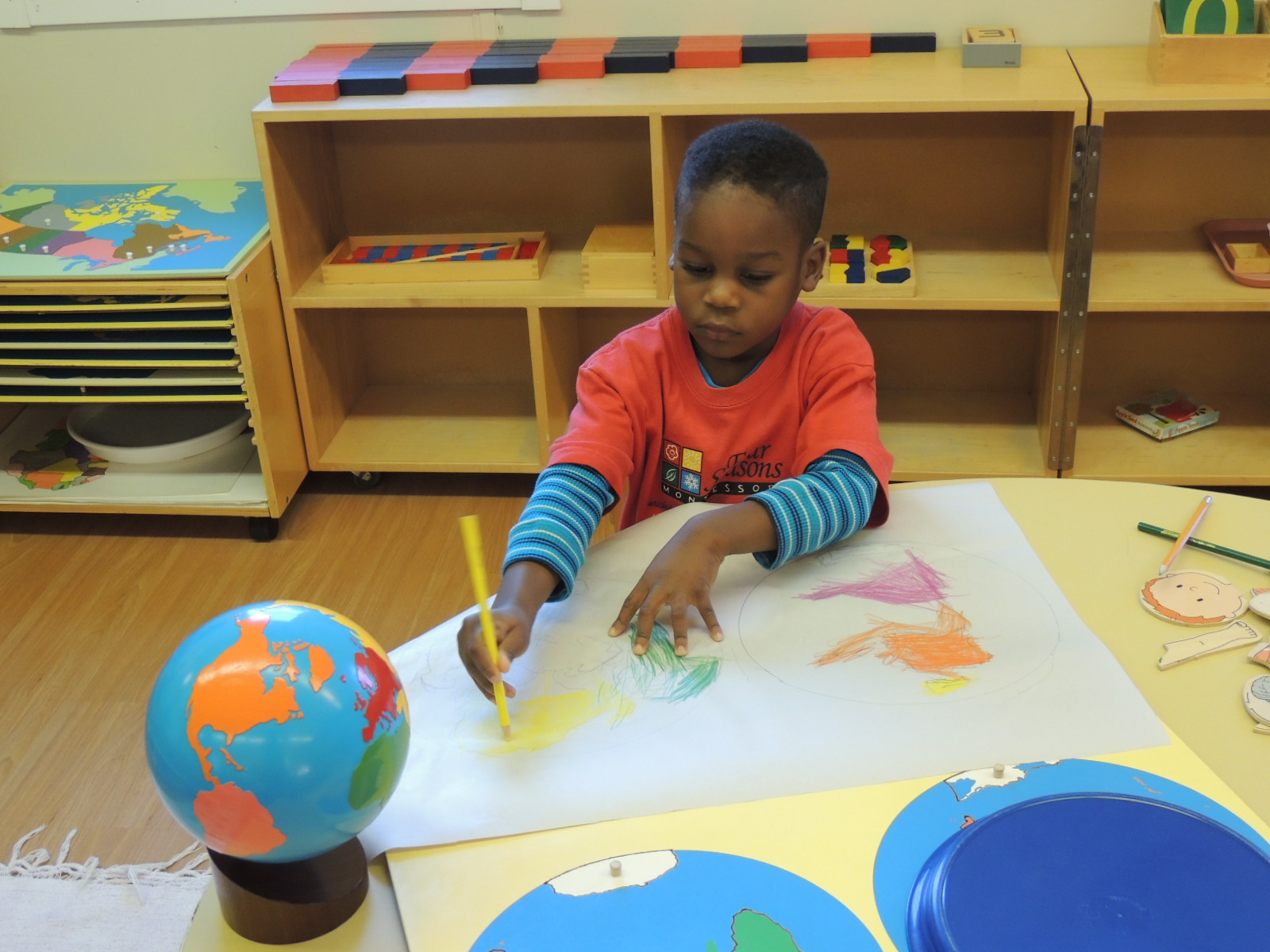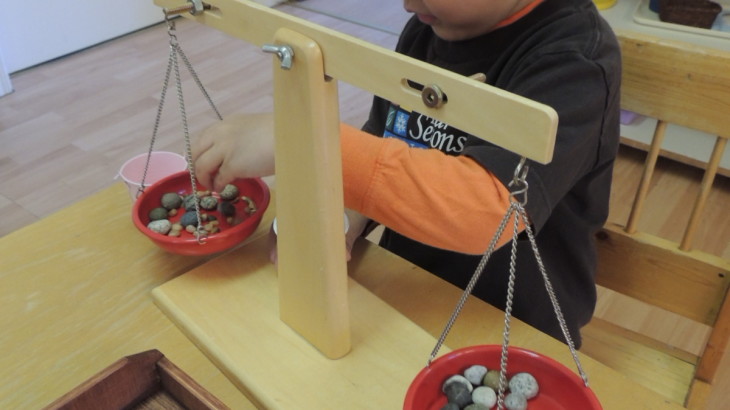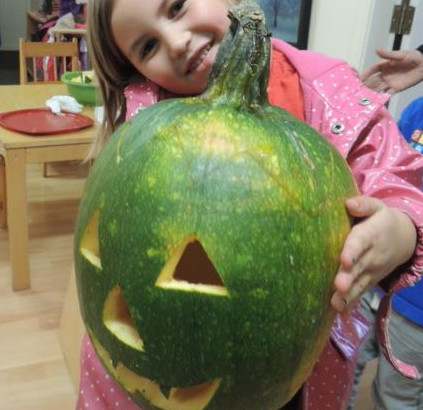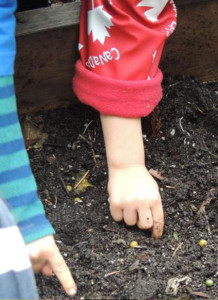Here are our top 10 suggestions for practicing independence at home with young children.
We recommend practicing them a few at a time. It takes time and consistency to implement change, both for the parent and for the child.
- Foster independence: Don’t do for a child what they can do for themselves.
- Allow the child to speak for their self. Don’t speak for them to others.
- Build a vocabulary for emotions and feelings and practice expressing them. Use virtues language: patience, cooperativeness, courage, kindness, etc.
- Teach grace and courtesy in the home: How to interrupt politely; how to wait; how to say excuse me; how to cough and blow their nose, etc.
- Allow sufficient time for your child to dress their self. Provide a wardrobe that gives freedom of movement, independence, and no distractions (sparkles, lights, sounds).
- Provide a place to just dig. Allow your child to get totally dirty with no inhibitions, and time to “just be,” to play, explore, and create.
- Limit quantity of toys by storing and rotating them periodically. Organize them in containers on low shelves and give a workspace with aprons, mats, sponges, cloths, etc. for art activities that need clean up.
- From the earliest age give your child the responsibility to pick up after them selves: Put toys to away, put dirty clothes in hamper, clear dishes from the table, etc.
- Do food preparation together. Make snacks accessible: A small pitcher of water on a low shelf in the refrigerator, cut up fruit and veggies; glasses, plates and cutlery in a low cupboard.
- Eliminate or strictly limit TV watching– replace with activities that are not passive.

